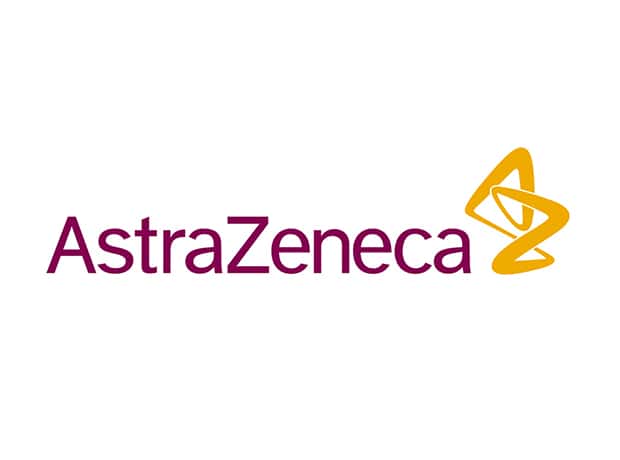AstraZeneca’s first-quarter performance has taken a hit from generic competition to Crestor, but the firm says the results are no surprise and that it will swing back into the black this year.
The drugs giant booked revenues of $5.2 billion for the quarter, marking a 4 percent drop from a year ago, or a 9 percent decline at constant exchange rates, while core operating profit plummeted 46 percent (47 percent CER) to $896 million.
Product sales in the quarter increased 3 percent to just under $5 billion, but were down 2 percent at constant exchange rates, as strong launches and continued growth of newer medicines were countered by generic erosion of Crestor (rosuvastatin) sales.
Oncology medicines turned in a strong performance with sales growth of 39 percent (33 percent at CER) to $1.2 billion, driven by Lynparza (olaparib), which generated $119 million, up 109 percent (100 percent at CER) following regulatory approvals in the US, and Tagrisso (osimertinib), which pulled in $338 million, marking growth of 98 percent (89 percent at CER).
Drugs falling under the firm’s cardiovascular, renal and metabolism banner grew 13 percent (8 percent at CER) to $900 million, including: Brilinta (ticagrelor) sales of $293 million, growth of 31 percent (24 percent at CER) due to continued market penetration in acute coronary syndrome and high-risk periprocedural myocardial infarction; and Farxiga (dapagliflozin) sales of $299 million, marking growth of 44 percent (39 percent at CER) as the medicine continued to lead the market by volume.
On the downside, sales of Bydureon (exenatide extended-release) slipped 9 percent (11 percent at CER) to $139 million, largely because of the impact of price pressures in the US.
In the respiratory division, revenues remained level at $1.2 billion (a decline of 6 percent at CER). Symbicort (budesonide/formoterol) sales dropped of 6 percent (12 percent at CER) to $634 million, as competitive class pressures in the US continued, while Pulmicort (budesonide) sales grew 3 percent (down 3 percent at CER) to $346 million.
AZ’ chief executive Pascal Soriot said “encouraging launches and strong performances” from the firm’s newer generation of medicines have kept the business on track for a return to growth in 2018.
He also stressed that the first-quarter performance “was in line with our expectations and guidance for the year is unchanged”.
However, Andy Smith, analyst at Edison Investment Research, said: “AstraZeneca’s first-quarter results disappointed on revenue at $5.178bn; missing consensus estimates of $5.188bn, and Core EPS despite those estimates being pared back in recent weeks.
“AstraZeneca’s headline from its results announcement trumpeted product sales benefitting from new product launches, but this too easily missed consensus product sales estimates of $5.046bn, coming in at $4.985bn.”
He also noted that the firm “seemed to have stopped firing on most cylinders in Q1 with only externalisation revenues (aka selling off the family silver) coming to the rescue bearing consensus by about $50m”.










